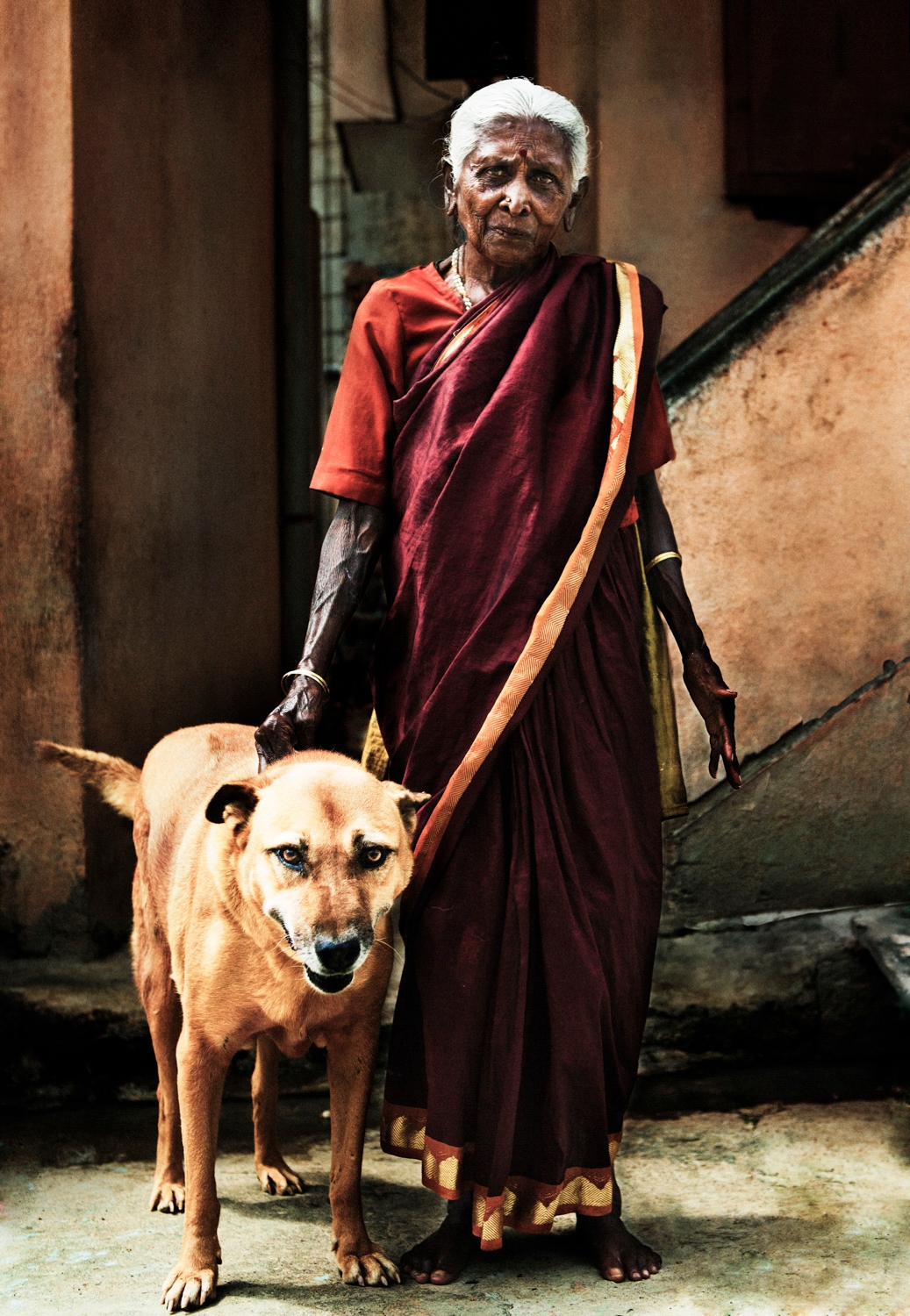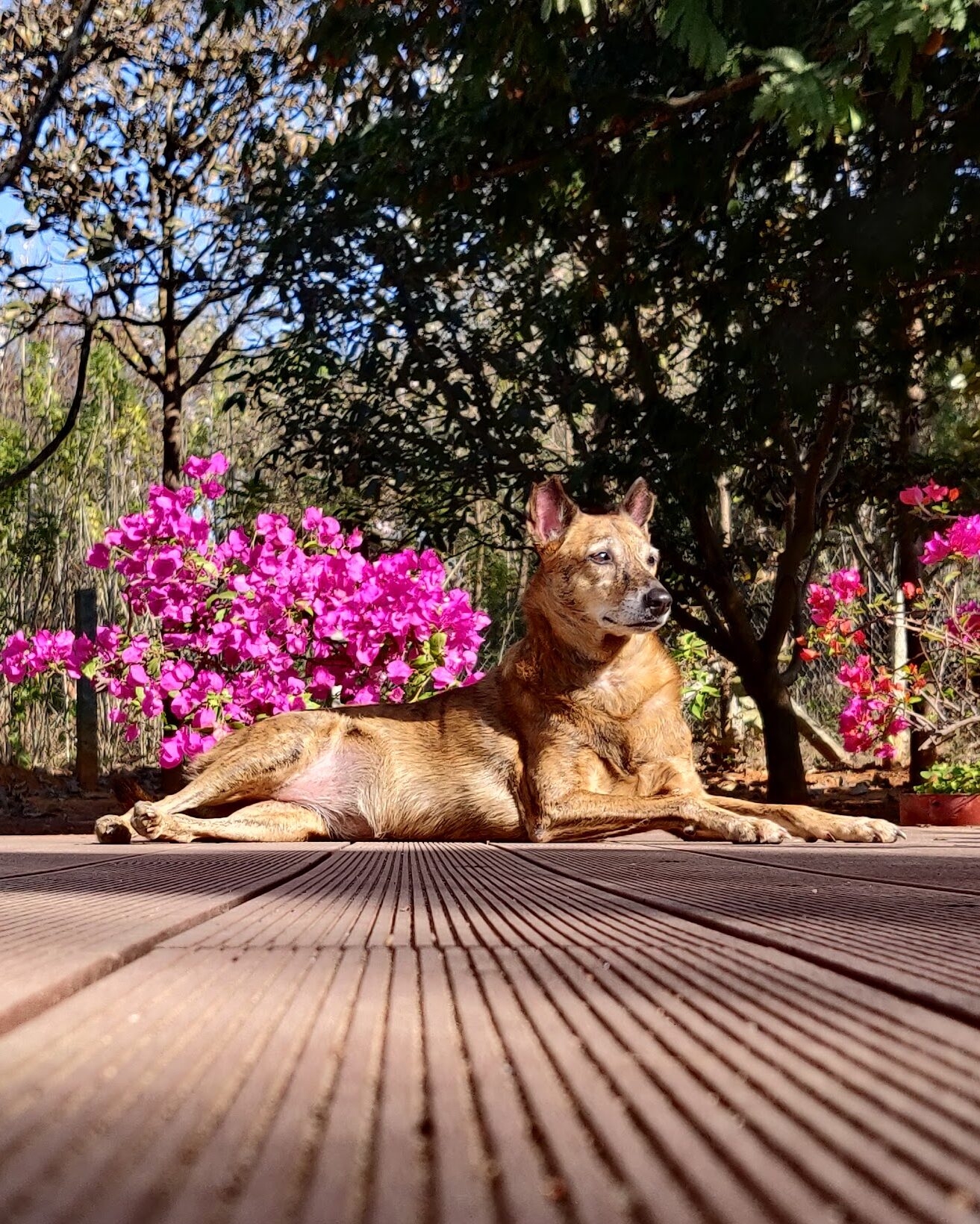Co-Becoming: The Human-Dog Kinship
26 December 2024
Words By Sindhoor Pangal . Photography by ramya reddy
Listen to this story. Narrated by Sindhoor Pangal.
A brief look at the natural history of the human-dog kinship
The term kinship is defined as “a sharing of characteristics or origins.” This is particularly poignant when we think of humans and dogs. The human-dog entanglement goes right back to when dogs became dogs, approximately around 40,000 years ago[1,2].
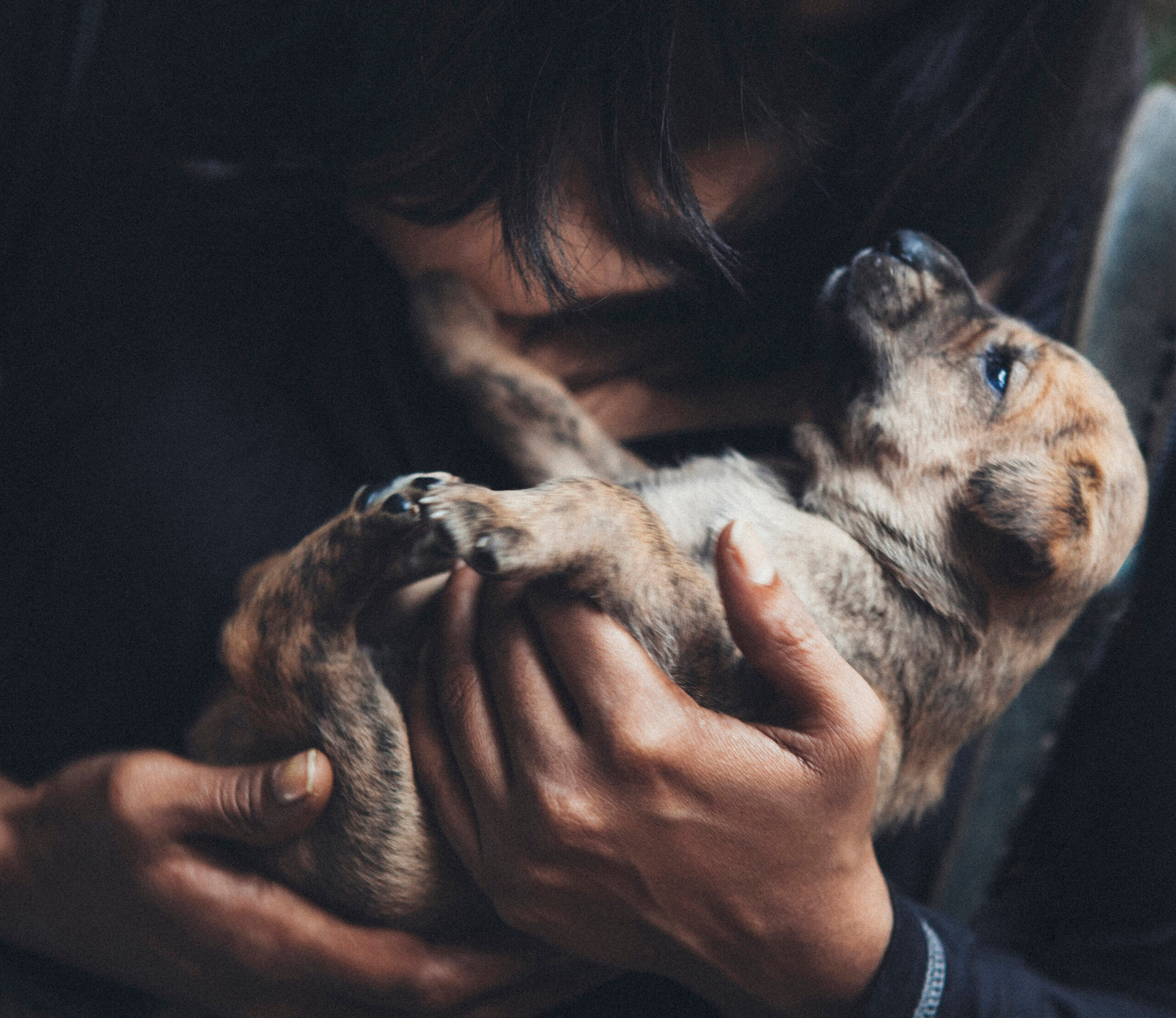
The term kinship is defined as “a sharing of characteristics or origins.” This is particularly poignant when we think of humans and dogs. The human-dog entanglement goes right back to when dogs became dogs, approximately around 40,000 years ago[1,2].
But unlike the natural histories of other species that share space with humans, the story of the human-dog entanglement is a bit different. The emerging view of this entanglement is that it is not a result of active human interventional domestication[3,4]. It is one of “coevolution.” According to Paxton, the prehistoric human-home bases became an “ecological niche” in which humans and dogs aided in each other’s evolution[5]. Paxton says, “Part of what defines a human being is an association with dogs, and vice versa,” and argues that humans did not create dogs, but they just “became” in this new entanglement with humans, just as humans “became” with the help of dogs. A co-becoming, if you may. This becomes the foundation for our kinship.
As we further explore the story of our kinship, the co-becoming takes centre stage, revealing an intriguing fallout – both species gain similar traits. Experts call this “convergent evolution.” In a paper titled “Human-like social skills in dogs?,”[6] the authors argue that the dog’s skill to read human social and communicative behaviour is flexible and possibly more human-like – than that of other animals more closely related to humans. These human-like aspects of dog communication serve a specific purpose – to aid human-dog collaborations[7]. This is part of what makes our entanglement special. But there’s more in the way of the fallout of the co-becoming. Dogs are known to form attachments with humans, similar to the attachments human infants form with adults[8]. This attachment is known to generate the very chemicals our brains produce when we see our infants[9,10]. The baby talk that emerges when we see our dogs can now be explained scientifically! But there’s more. Paxton argues that the very success of Homo sapiens as a species is owed, at least in part, to our furry friend. He explains that our capacity for large-scale collaboration is made possible through spoken communication. To develop the physical capabilities necessary for speech, we had to sacrifice our long snouts. As a result, we also lost our acute sense of smell. However, this role is taken over by dogs, which provides our species with a survival advantage over others, such as the Neanderthals. Thus, our two species have evolved into kin.
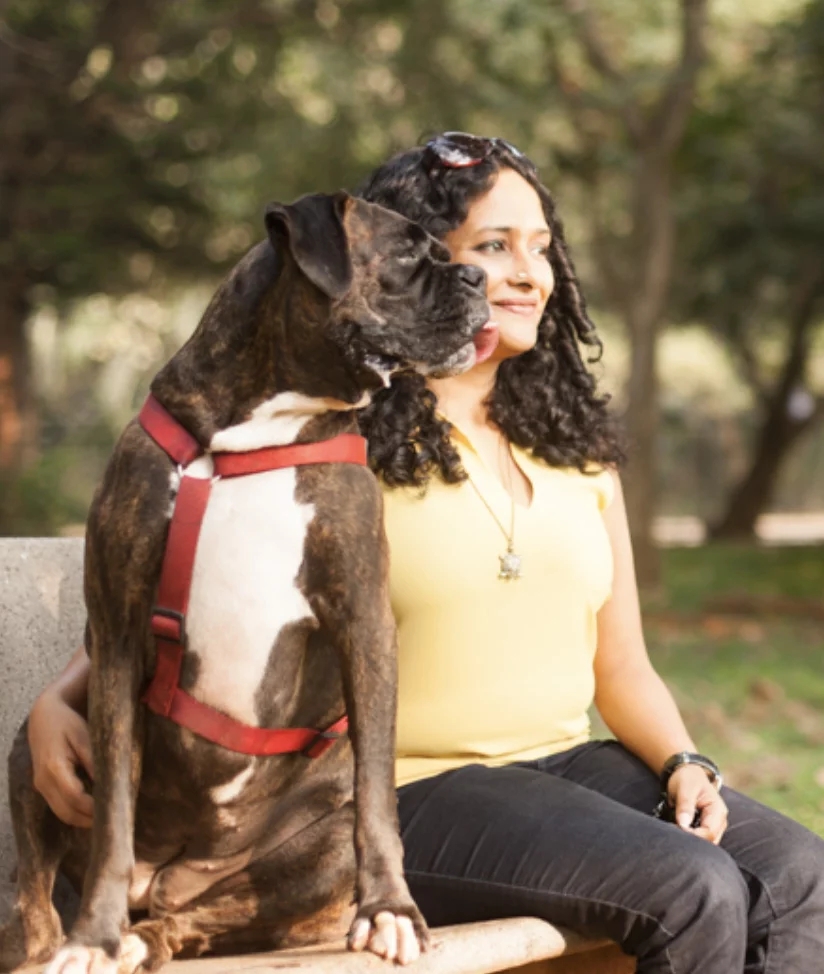
Sindhoor Pangal
Sindhoor is a canine behaviour consultant, a canine myotherapist and an engineer by qualification. She is a TEDx speaker, the author of the book, Dog Knows and an independent ethology researcher studying the free-living dogs in India. Her studies have been published by IAABC and PPG blog in the US, were presented at the PDTE summit in the UK and were mentioned in the book Canine Confidential by Dr. Marc Bekoff and a National Geographic Bookazine called the Genius of dogs. She is currently pursuing her master's in Anthrozoology from Exeter University (UK) and is the principal and director of BHARCS. BHARCS offers a one of its kind, UK accredited level 4 diploma on canine behaviour and ethology and boasts of students from all parts of India and across the globe.
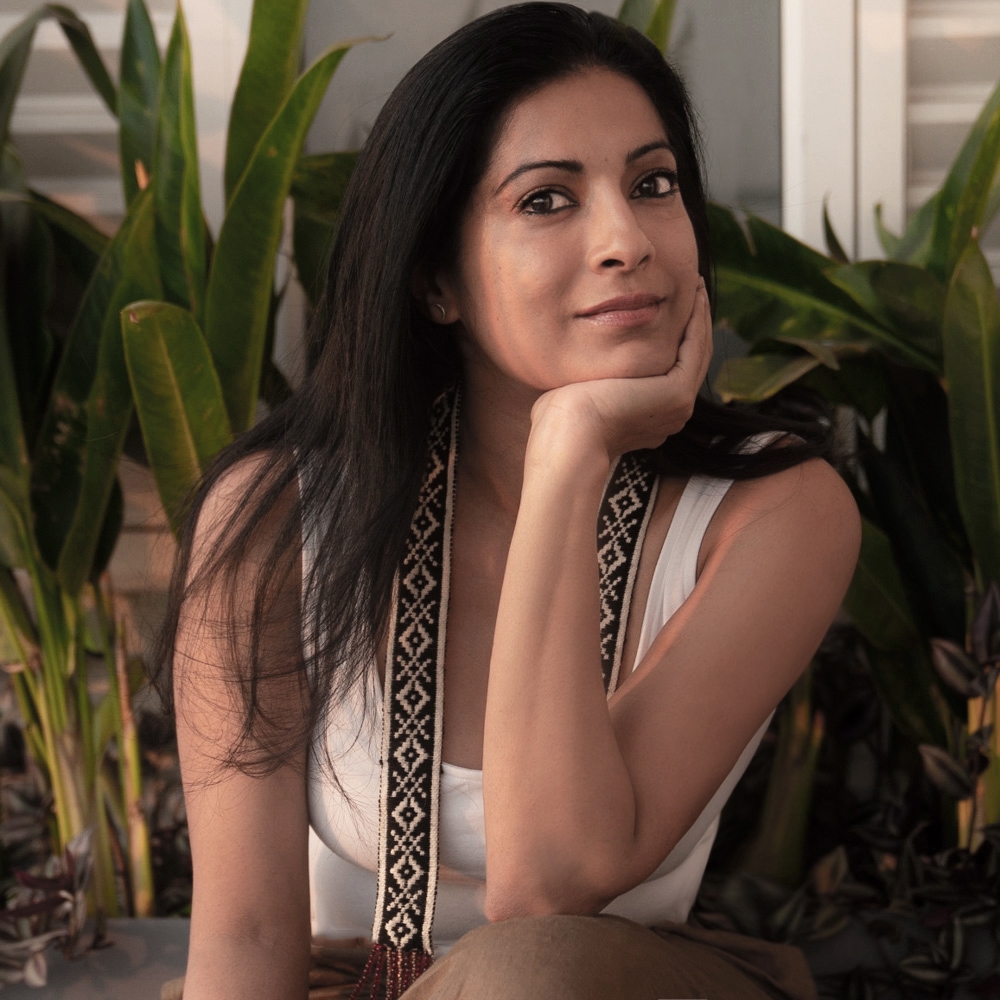
Ramya Reddy
Ramya is a visual storyteller, photographer, author, and entrepreneur. Her acclaimed book, "Soul of the Nilgiris: A Journey through the Mountains" explores the UNESCO-recognized Blue Mountains and its indigenous communities, highlighting their cultural and ecological richness through narratives, writings, and photographs. Deeply engaged in the Nilgiris, Ramya works closely with the Toda artisans to ensure their GI-tagged art form is preserved, celebrated, and integrated into the contemporary landscape.
Comments (0)
